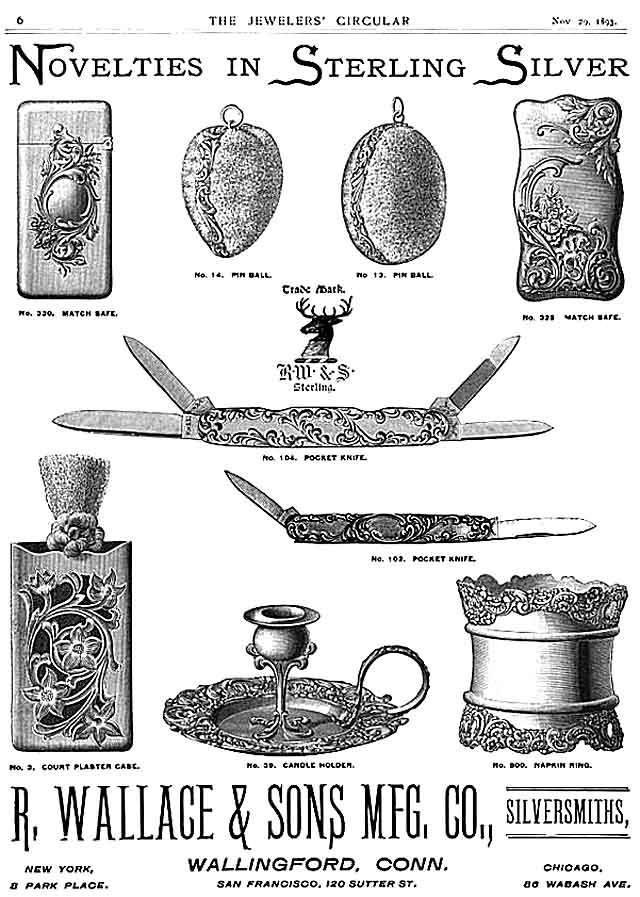quote:
American Journal of Pharmacy
Published by the authority of the
PHILADELPHIA COLLEGE OF PHARMACY.
Edited by
Joseph Carson, M. D.
1844.ART. XII.--INDIA-RUBBER COURT-PLASTER.
By Ms. B. C. Rowland
The Pharmaceutical Journal, No. IV., 1st Vol. Contains an article detailing the manner of making Mr. Liston's isinglass plaster, spread either upon silk or membrane. I am induced to lay before your readers, in furtherance of the same subject, the best method of making India-rubber Court-plaster, which does not wash off; thinking, as it has become an article now in general use, that the mode of its preparation may interest the Chemist and Druggist.
A stout frame of wood must be made about three yards long, (or any length that would be most convenient,) and about one yard and a quarter wide. Within this frame must be placed two sides of another frame running longitudinally and across, so fired in the outer frame that the two pieces may slide, independently of each other, backward and forward about six inches.
Tapes of canvas must be tacked round the inside of the inner frame and the corresponding sides of the outer frame, so as to form a square for the material to be sewed in; which when done, the two loose frames must be drawn tightly to the outer, by means of twine passed round each, in order to stretch, perfectly free from irregularities, the silk or satin previous to laying on the composition.
To make the India-rubber plaster :-Dissolve India-rubber in naphtha, or naphtha and turpentine, and lay it on with a brush, on the opposite side to that intended for the plaster, and when perfectly dry, and the smell in a great measure dissipated, it will be ready for the adhesive material ; to ake which -- take equal parts of Salisbury glue, or fine Russian glue, and the best isinglass, dissolved in a sufficient quantity of water over a water bath, and laid on with ďa flat hog-tool" while warm. It is requisite to use great caution in spreading the plaster evenly, and in one direction, and a sufficient number of coatings must be given to form a smooth surface, through which the texture of the fabric is not perceptible. Each coating should be perfectly dry before the succeeding one is given, and placed in a situation free from dust, and where a draught of air would facilitate the drying. The quantity of water used, and the weight of the two materials, must be a little a varied according to the season, and the gelatin strength they possess.
Lastly. the plaster being ready to receive the polishing coat, which gives also the balsamic effect to it - preparation is made in nearly the same manner as the tinetura benzoini camporita of the Pharmaeoporia, with the addition of more gums ; this preparation must be laid on once only, and with a brush kept for the purpose. For making plasters on colored silk, it is only necessary to select the silk a deeper than the color required, as the plaster causes it to appear a little lighter.
The process being finished. the plaster must be cut out of the frame with scissors, as near to the canvas to which it is sewed as it will admit. For sale, it is cut up in squares, which is best done by means of a compass and rule.
I have tried various solvents for India-rubber and find none answer so well as those above mentioned. Ether dissolves it with facility, and possesses the advantage of cleanliness, but it is much mere expensive, and evaporates so rapidly, that it is almost impossible to spread the solution smoothly on the silk ; naphtha evaporates more slowly, and is, therefore, preferable, but the quality requires attention, as it may be obtained almost free from that kreasote smell which is the only objection to its use. The addition of a small quantity of spirits of turpentine facilitates the solution of some specimens of India-rubber. The white India-rubber is better than that which has assumed a black color by exposure to the air.
I have tried various adhesive materials, but find the one I have mentioned to be the best. The grand arcanum in making court-plaster is glue and isinglass. The polishing coat is not absolutely necessary, but it improves the appearance of the plaster, and the gums may probably increase its healing properly, and by giving it a more even surface cause it to adhere more closely. It has occurred to me, that a similar plaster might he made for common use with calico instead of silk, which might, in some cases, supersede the um of strapping; and also that the adhesive material might be made the vehicle for cantharidine or other stimulants. The isinglass plaster is apt to crack in warm dry weather, but this does not occur if it is kept in a cellar in an earthenware jar. Ibid.
Sounds like a forerunner to the "Band Aid." In Victorian times why not a have a fancy sterling case for them?










